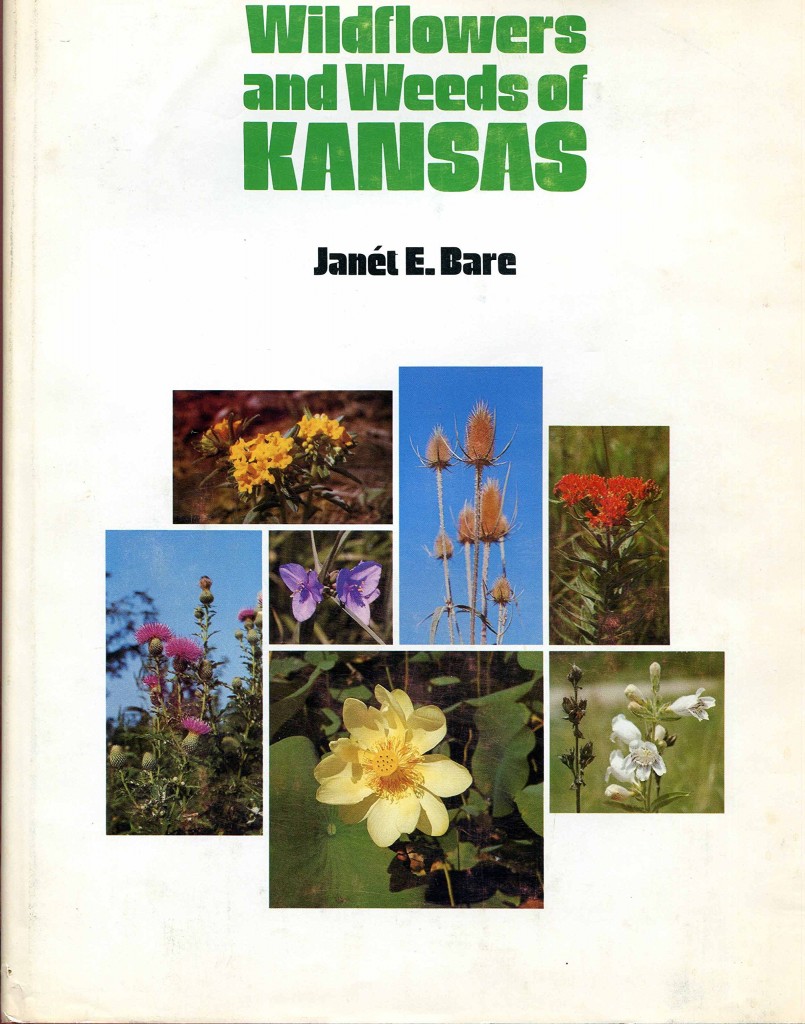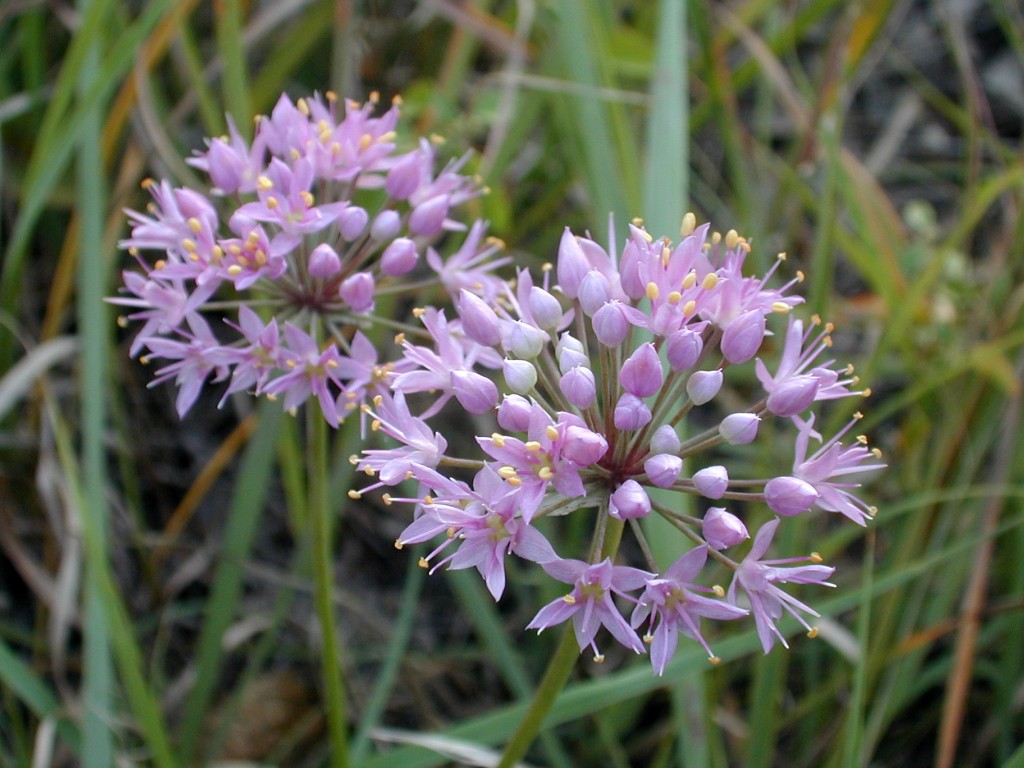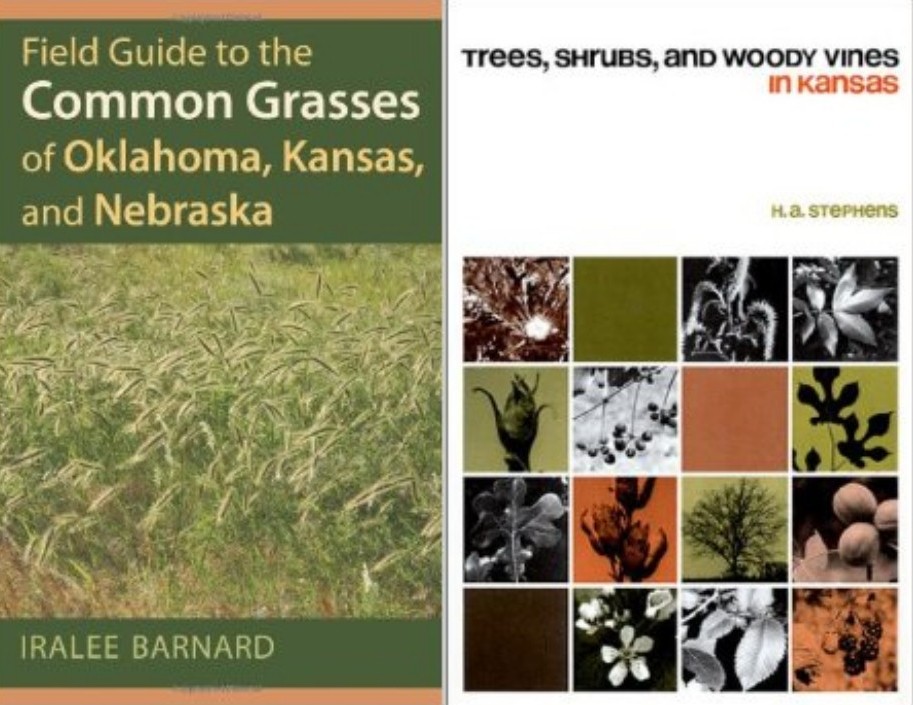When I started at the arboretum 18 years ago, I thought I knew so much. I had book knowledge about horticulture, but I had not learned much about native plants. In fact, information about native plants was almost non-existent. My learning curve was very steep those first few years. Even now I continue to learn how to garden with native plants – the lessons just keep coming. Here are the three lessons I think are essential for a successful prairie garden.
Be Patient
I know this goes counter to our “instant everything” culture, but prairie plants don’t work that way. A prairie garden does not magically appear overnight. It takes time for those transplants or seedlings to develop root systems that will sustain them during the dry periods of the year. I remember visiting a prairie reconstruction in Wisconsin several years ago. It had been established from seed 20 years earlier and they said it was just then really maturing into a true prairie. I have found that if you are patient, you will be rewarded by beautiful, strong and adapted native plants.
Start Small
Planting too much too soon – I have made this mistake many times. My eyes get bigger than I can manage. I like too many of these native plants and rather than working at a project in stages, I plant the whole area. I then spend the rest of the summer maintaining a planting that is too big for the time I can give it. It has a tendency to get out of hand in a hurry if I don’t keep up with it on at least a weekly basis. Plant an area that you can handle with your schedule.
Plan your garden for all seasons of the year
This lesson took the longest to learn, because it meant becoming familiar with the native plants. I needed to learn all about them – their bloom times, soil conditions they need to thrive, mature height and what they look like when not blooming, including seedheads and forms. Most of these characteristics had to be experienced over several years. That information is vital to planning and developing a prairie garden.
There are no Wave Petunias in the prairie, so you need to plan your garden with a succession of bloom. Combine wildflowers in such a way that there is always a new set coming into bloom and going out of bloom throughout the year. Grasses can be strategically incorporated as a backdrop or to highlight interesting seed heads and to add texture and movement during the winter.
With each new season comes new revelations about native plants. They are so intriguing and diverse. There really is a plant for just about any area if you match the plants with your site. The key to understanding the prairie landscape is to keep learning. I know that I still have much to learn and experience. Each day is a new opportunity.

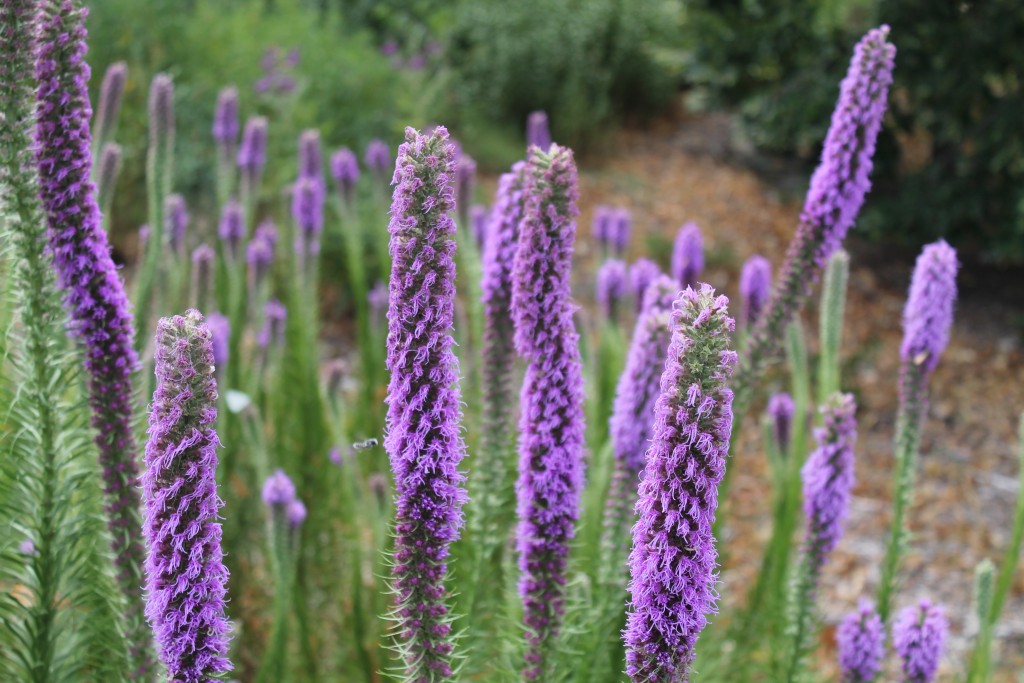
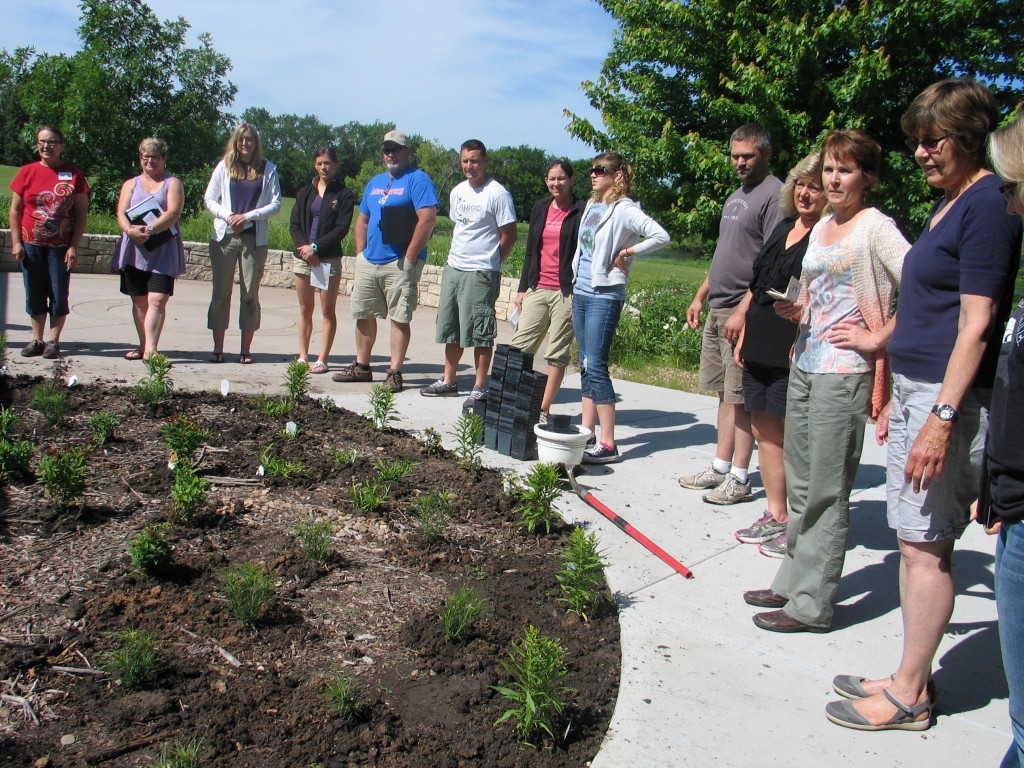
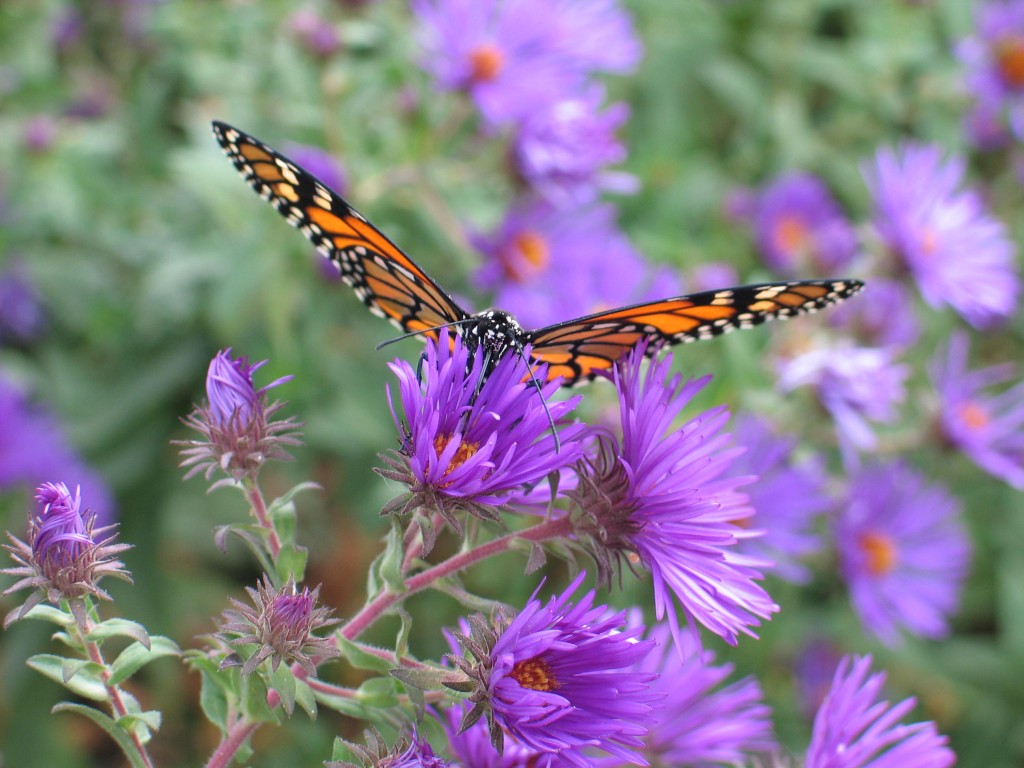
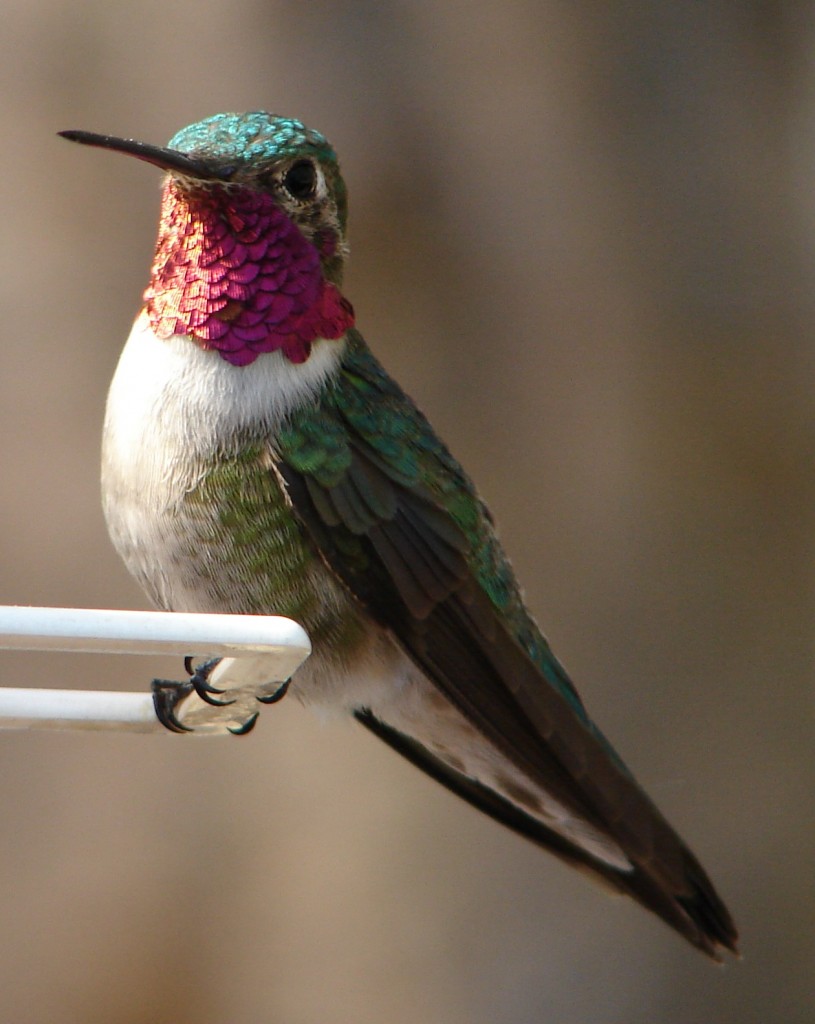
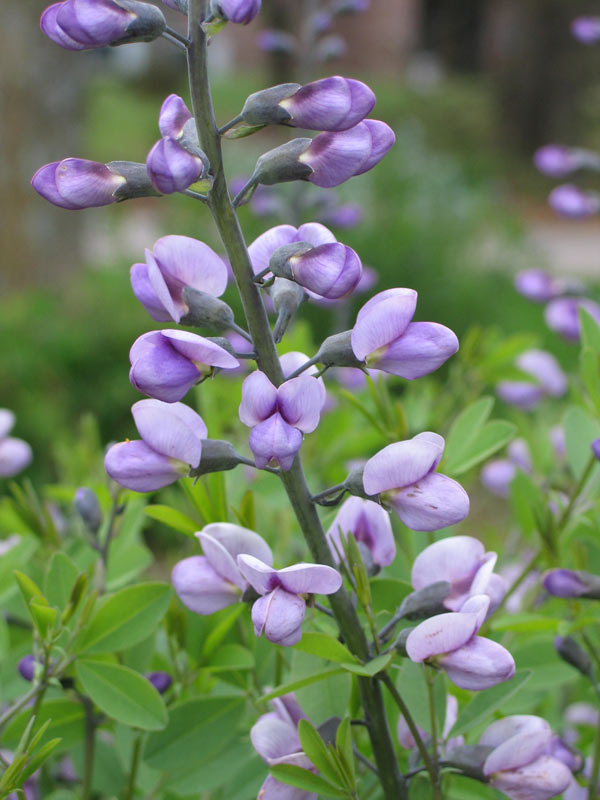
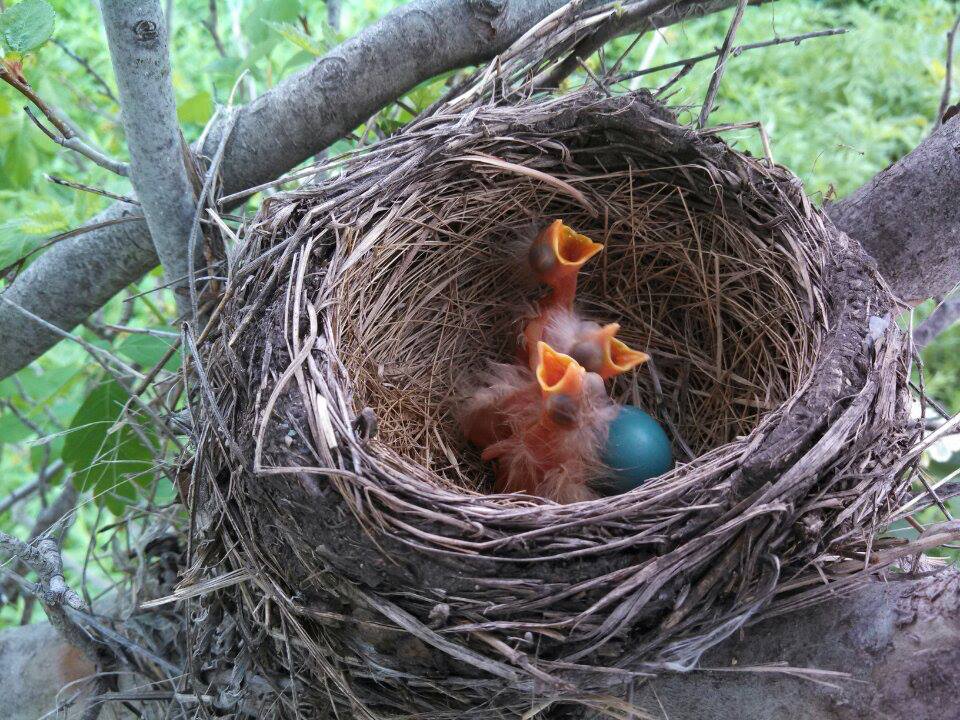
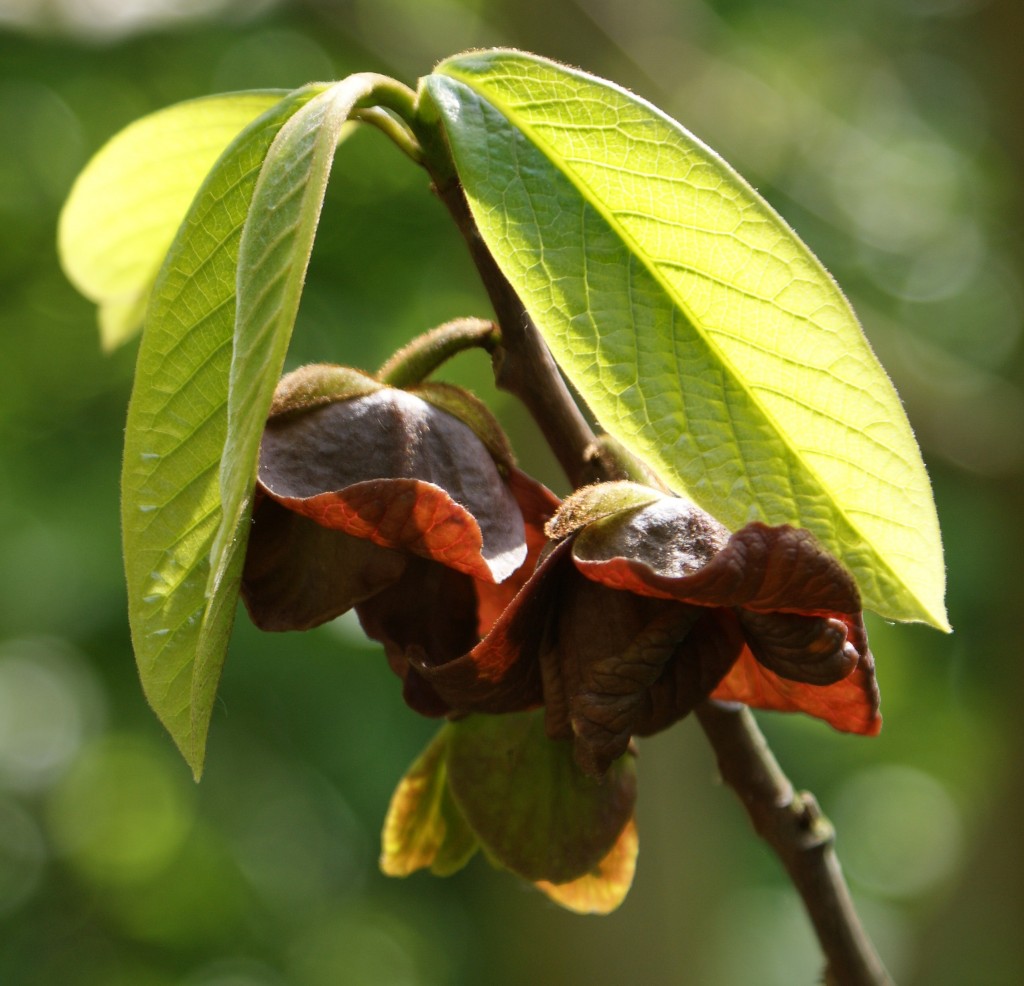

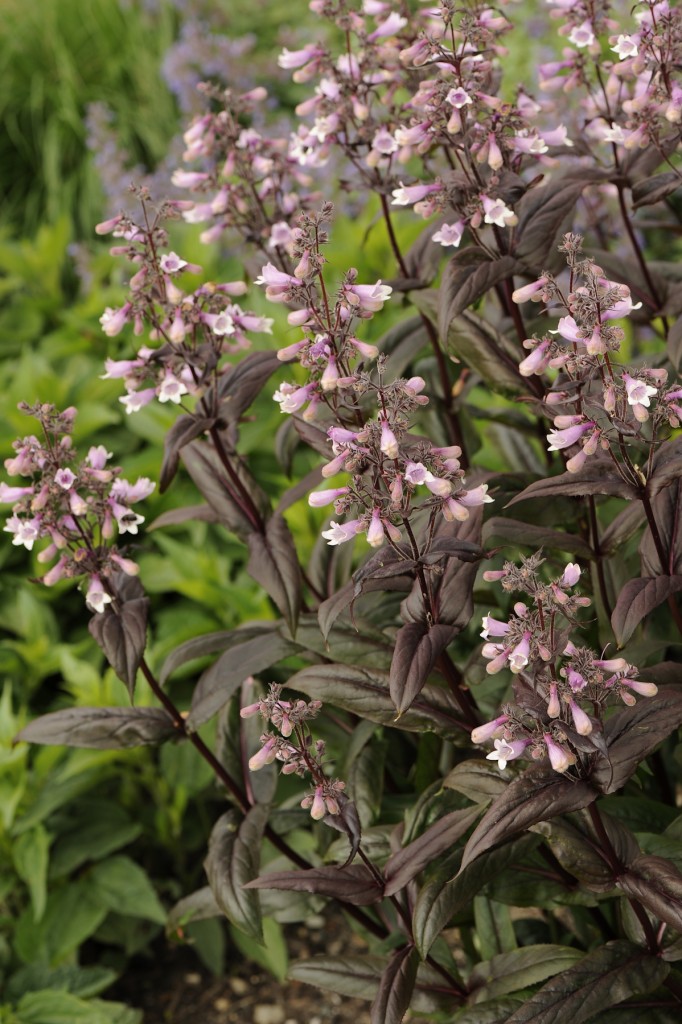
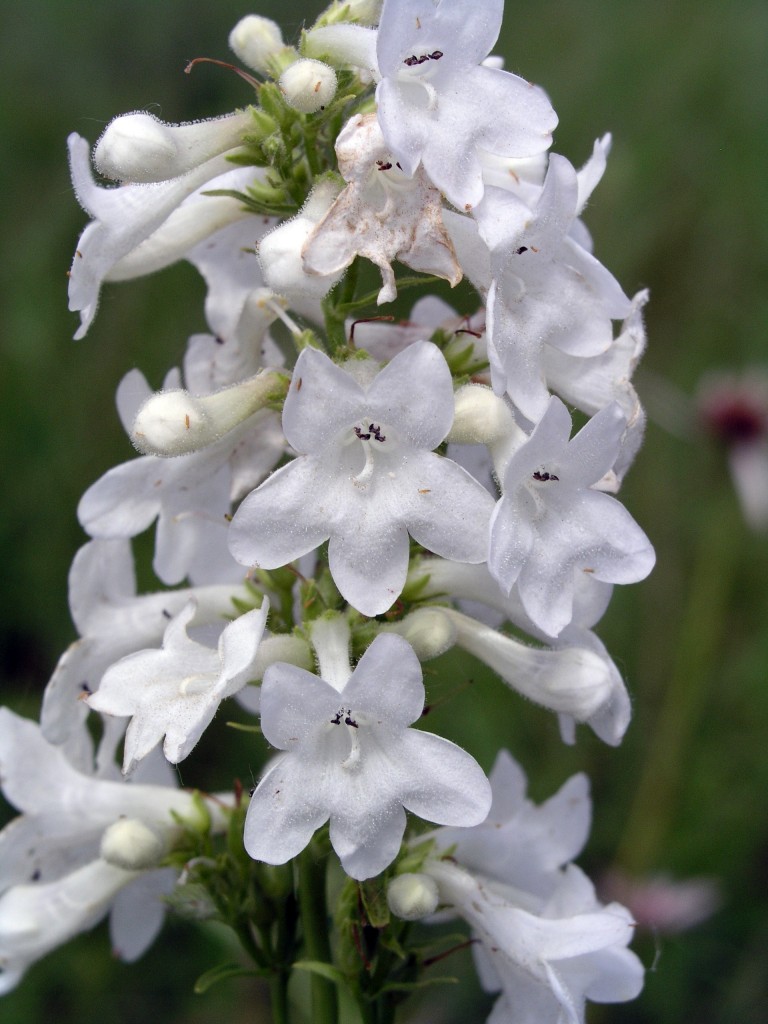
![IMG_2183[1]](https://dyckarboretum.org/wp-content/uploads/2015/05/IMG_21831-e1431533667908-768x1024.jpg)

